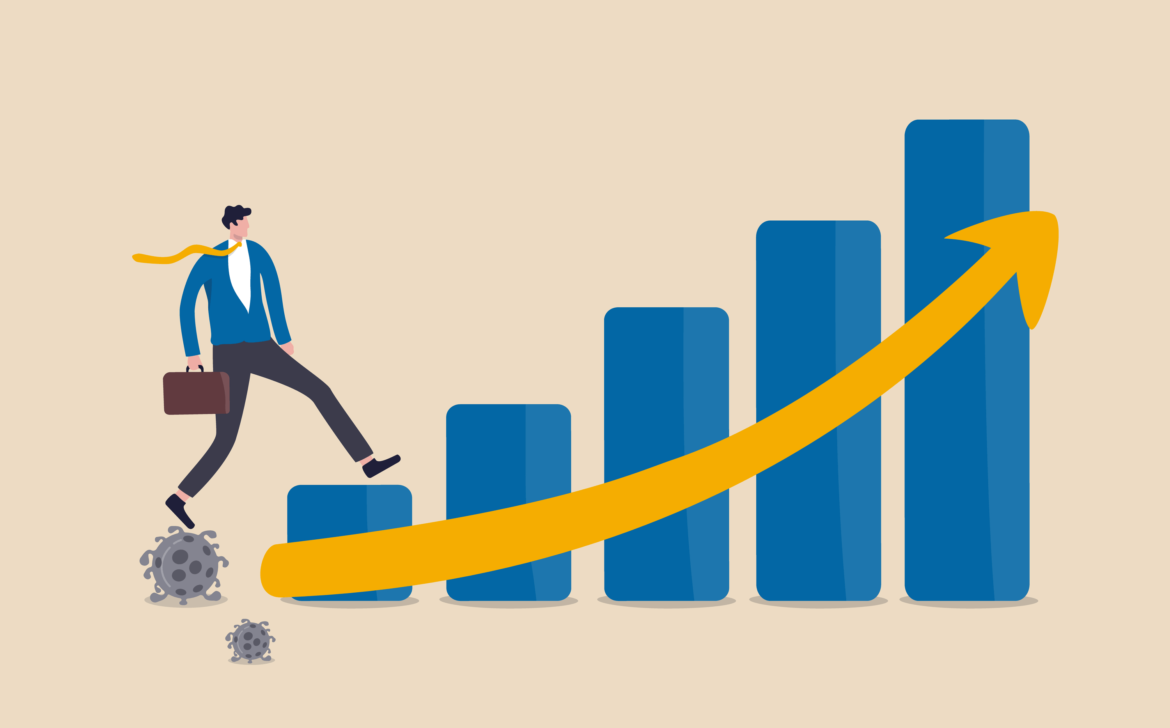Industrial Automation and Control: Transforming Industries with Efficiency and Precision
In an era where precision, efficiency, and competitiveness are paramount, Industrial Automation and Control have emerged as transformative forces in industries around the globe. This technology combines hardware, software, and data-driven intelligence to optimize processes, minimize errors, and drive innovation. Let’s explore the essential concepts and real-world applications that define the realm of Industrial Automation and Control.
The Foundation of Industrial Automation
At the heart of Industrial Automation are control systems that manage machinery and processes with minimal human intervention. These systems leverage sensors, actuators, and software to monitor, analyze, and adjust industrial operations. The result? Enhanced productivity, reduced waste, and improved safety.
Industry 4.0 and the Smart Factory
Industry 4.0 represents the fourth industrial revolution, characterized by the integration of digital technologies into manufacturing. Smart factories leverage Industrial Automation to create interconnected systems where machines communicate, collaborate, and make real-time decisions. This leads to agile production, predictive maintenance, and increased competitiveness.
Robotics and Automation
Industrial robots are key players in the automation landscape. They perform tasks with precision, speed, and consistency, leading to higher quality products and increased production rates. Collaborative robots (cobots) work alongside humans, enhancing efficiency and safety.
IoT and Data-Driven Insights
The Internet of Things (IoT) plays a pivotal role in Industrial Automation. Sensors and devices throughout the manufacturing process gather data that is then analyzed to identify patterns, anomalies, and areas for improvement. This data-driven approach enables predictive maintenance, reducing downtime and maintenance costs.
Energy Efficiency and Sustainability
Industrial Automation not only boosts productivity but also contributes to sustainability goals. Automation systems can optimize energy consumption, reduce waste, and minimize environmental impact. This is crucial in today’s environmentally conscious world.
Challenges and Opportunities
While Industrial Automation offers numerous advantages, it comes with challenges. Integration can be complex, and cybersecurity is a critical concern. Addressing these challenges requires skilled professionals and robust cybersecurity measures. Nevertheless, the opportunities for innovation and growth are substantial.
The Future of Industrial Automation
The future of Industrial Automation is bright. As technology evolves, we can expect greater connectivity, more advanced robotics, and enhanced artificial intelligence to further optimize industrial processes. New applications will continue to emerge across various industries, from healthcare to logistics.







